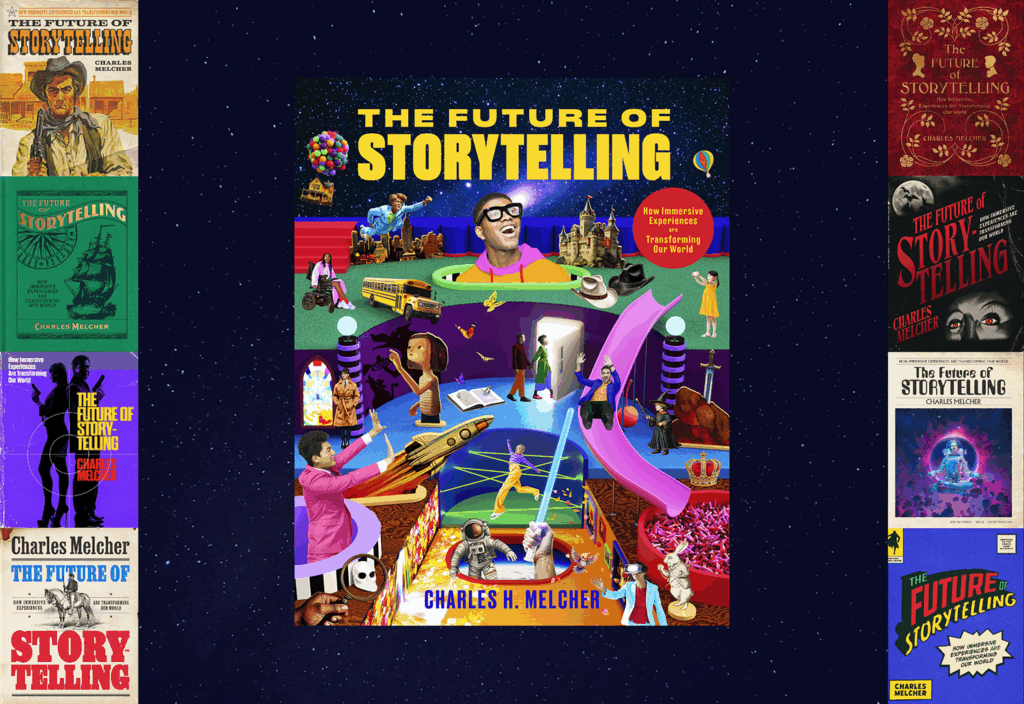For retailers, mobile technology is providing new strategic opportunities to overcome problems associated with traditional loyalty programs – but there’s more to mobile loyalty than simply offering coupons.
Although there’s no doubt that these programs are on the rise (1.8 billion loyalty program memberships and rising), according to a recent Chief Marketing Council survey, 32% of respondents felt that participation in such programs held “little to no value.”
Ouch.

Companies have heard this, and they’re responding. Retailers are finding more creative ways to tap into customer loyalty and satiate the consumer’s immediate need for reward distribution. In this burgeoning era of instant gratification, brands are finding easier ways to overcome the traditional problems associated with loyalty programs.
So while both digital rewards and mobile loyalty certainly complement each other, in what way (other than the obvious locale-oriented benefits and real-time couponing) does the mobile device solve traditional loyalty problems?
What follows is a look at loyalty programs, the digital reward revolution, and a strategic way in which mobile loyalty helps overcome traditional hurdles.
Loyalty: It’s a Proven Tradition
Over the years, loyalty programs have provided a way to establish reciprocity between the retailer and its customer. While there are countless variations on the theme, typical reward programs provide incentives designed to drive repeat purchases in order to gain loyalty rewards. In return, the retailer collects valuable CRM data, providing opportunities to:
– Profile and segment customers;
– Study buying patterns, and
– Open up other marketing channels to the loyal customer (direct mail, exclusive deals and shopping events, etc.).
Such valuable information in return for relatively inexpensive rewards has provided companies with opportunities to exponentially increase marketing ROI, but not without problems. Critics contend that loyalty programs cater to customers who are already loyal—that incremental spending does not occur by catering to customers who are already consistently purchasing the company’s product—thus, any costs incurred in the loyalty program are lost by discounting to an established client base.
Another traditional hurdle, and the primary reason for high fallout rates, has been the delay between purchase/point accumulation and reward redemption. All efforts at collecting data for CRM and loyalty programs are lost if the customer feels that the redemption threshold is too high, or the process is too burdensome to continue participating in the program. Low-threshold customers fall out of participation because their maintained point accumulation falls far below redemption. Studies have found that there is a direct relationship between customer loyalty and redemption rates; as redemption increases so does loyalty program member retention.
Lesson: The longer the delay in redemption, the weaker the loyalty between the customer and the brand.
Cue the mobile device.
The Digital Revolution and Mobilization
The advent of digital rewards—downloadable music, videos, games, etc.—has provided a solution to most of the classic problems associated with loyalty and CRM programs. Digital content is a low-cost solution to maintain the low-threshold customer: companies now have an affordable solution to keep these customers “burning” points, thus re-engaging them in a program in which they had become idle.
In addition, digital rewards have solved the problems with delayed redemption and cumbersome reward distributions. Because digital rewards are instantly downloadable, the customer is only a few clicks away from receiving his or her reward. This also allows the company to collect more CRM information upon download, as the customer is more likely to fill out information when the reward is just in sight. Mobile loyalty complements all of these solutions by providing the customer with access to redemption and loyalty offerings from anywhere, at any time.
But while digital rewards have solved most of the traditional problems with loyalty programs, there is still the issue of discounting to the company’s customer base…. and this is one of the areas where mobile loyalty will change the face of loyalty and CRM programs.
Mobilization: Gaining Incremental Spending from the Already-Loyal Customer
At the beginning of 2011, 85% of U.S. consumers owned mobile phones, of which 31% were smartphones, and by 2015 smartphone ownership is expected to reach 43%. Each of these devices provides unique identification of its user, which, in turn, provides the retailer with a unique identification of its loyal mobile customer. Through mobile loyalty tracking, the retailer can customize the messages and deals that it offers to its already-loyal customers.
For example, instead of heavily discounting a product that the loyal customer routinely buys through an in-store mobile coupon, the retailer can incentivize purchases closely matched, but outside of the customer’s usual buying habits. Because the customer’s mobile device is directly linked to past purchases and offers, the retailer can instantly adjust offers based on behavior. This is something that no other iteration of loyalty/CRM programs has been able to accomplish. The mobile platform has given retailers the ability to instantly identify customers when they are within reach of a product; to immediately identify past spending behavior; and to instantly recommend an item that spurs incremental spending.
Mobile loyalty is more than just a mobile couponing platform. It gives loyal customers redemption access from anywhere, at the time of their choosing. But where it really starts to shine is when companies start taking mobile loyalty to the strategic level.
Bryon Morrison is president of mobile practice for digital agency The Marketing Arm.



